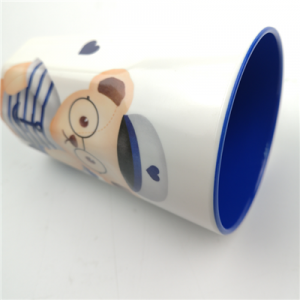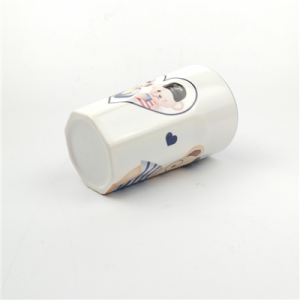Some precautions in the use of tableware?
Newly bought tableware should be boiled in boiling water and vinegar for 2-3 minutes, or soaked in vinegar for 2 hours at room temperature to release harmful substances as much as possible, and throw away the boiled water. When cleaning imitation tableware, use a soft cloth. Clean cloth, clean powder, etc. are easy to wipe, but it will scratch the surface of the tableware.
Under normal circumstances, wipe with a soft cloth, do not use flour or brushes, so as not to leave scratches; clean up immediately after rinsing. It is recommended to soak in decontamination impregnating powder for one week, 30 minutes each time. Can effectively remove yellow, black and stubborn stains on tableware, such as oil stains, color stains, coffee stains, etc. Do not use chlorine bleach to avoid changing the material or discoloration; high temperature soaking will damage the surface (such as patterns). When soaking, please soak in 70~90 degrees warm water for about 30~60 minutes, and then soak for 3~5 hours after remodeling the tableware.


Cups, plates and bowls often appear in supermarket cupboards. At first glance, they look like ceramic tableware, but the material is actually plastic. These tableware are collectively referred to as polyurethane tableware or imitation tableware. “Melamine” is the trade name of melamine-formaldehyde resin, which can be used to make tableware and meets relevant national standards. However, in the melamine tableware market, there are also “fake” melamine tableware. These products are made of inedible urea resin and are usually sold with tableware under the name “memory board”, “square board” or “tray”. Unknowing people mistakenly thought they were food tableware and ate the toxic substances transferred from them without knowing it.







